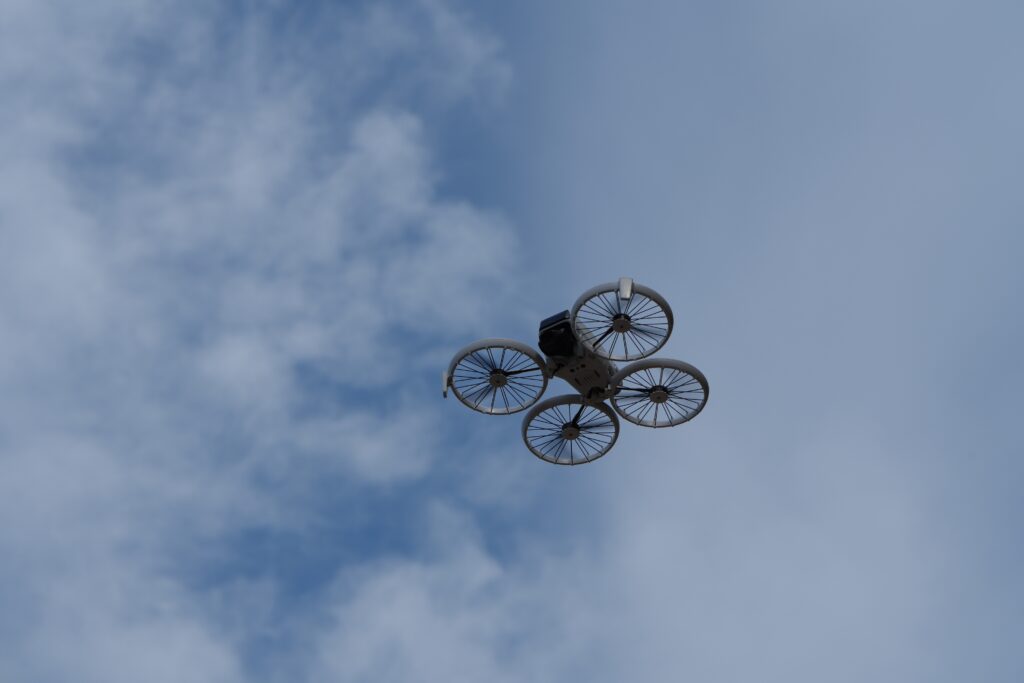The European Union is considering plans to build a “drone wall” along its eastern frontier, a project championed by Baltic states to counter the growing threat of Russian drone incursions.
At the core of the proposal is Eirshield, a multilayered anti-drone system developed by Estonia’s DefSecIntel and Latvia’s Origin Robotics. Using AI-powered radars, cameras, and signal detectors, the platform can identify hostile drones and decide whether to jam, block, or intercept them. Developers say the system has already been deployed in Ukraine, where it is used against Shahed drones, and can operate at a fraction of the cost of conventional missile defence systems.
For peacetime use in Europe, the system would require modifications to ensure civilian drones are not mistakenly targeted. Options such as drone nets or non-explosive interceptors are under consideration.
Despite backing from Baltic governments, funding remains a challenge. The European Commission rejected a €12 million request from Estonia and Lithuania in August, though the three Baltic states have pledged national funds to advance the project. Estonia has allocated €12 million over three years, Latvia has issued €10 million in research contracts, and Lithuania has dedicated part of its EU-backed drone budget to anti-drone technology.
EU defence ministers are expected to discuss the proposal following recent incidents of Russian drones entering Polish airspace. If adopted, the drone wall would complement NATO’s broader air defence systems rather than replace them.

